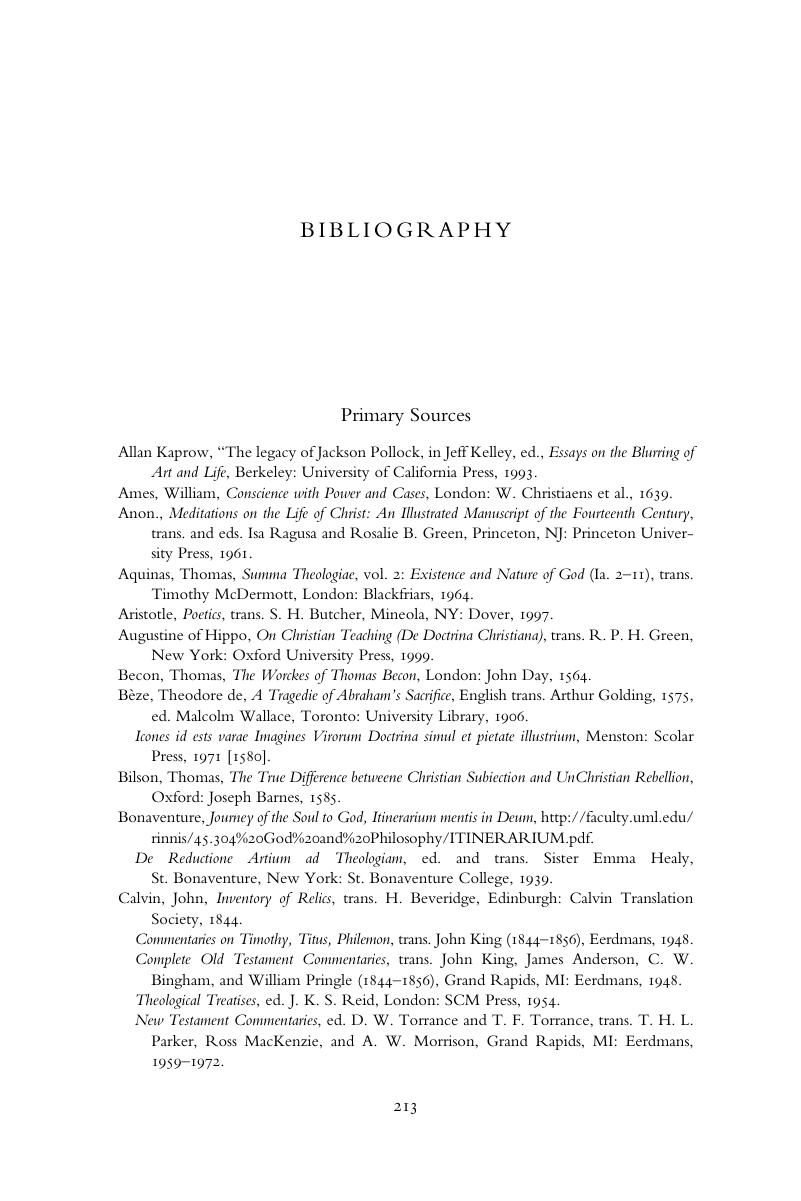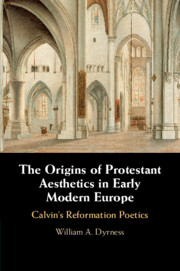Book contents
- The Origins of Protestant Aesthetics in Early Modern Europe
- The Origins of Protestant Aesthetics in Early Modern Europe
- Copyright page
- Contents
- Illustrations
- Preface
- 1 Introduction
- 2 Presence and Likeness in Holbein, Luther, and Cranach
- 3 Calvin
- 4 Calvin, Language, and Literary Culture
- 5 Portraits and Dramatic Culture in Sixteenth-Century England
- 6 The Emerging Aesthetic of Early Modern England
- 7 The New Visual Culture of Reformed Holland and France
- 8 Epilogue
- Bibliography
- Index
- References
Bibliography
Published online by Cambridge University Press: 09 May 2019
- The Origins of Protestant Aesthetics in Early Modern Europe
- The Origins of Protestant Aesthetics in Early Modern Europe
- Copyright page
- Contents
- Illustrations
- Preface
- 1 Introduction
- 2 Presence and Likeness in Holbein, Luther, and Cranach
- 3 Calvin
- 4 Calvin, Language, and Literary Culture
- 5 Portraits and Dramatic Culture in Sixteenth-Century England
- 6 The Emerging Aesthetic of Early Modern England
- 7 The New Visual Culture of Reformed Holland and France
- 8 Epilogue
- Bibliography
- Index
- References
Summary

- Type
- Chapter
- Information
- The Origins of Protestant Aesthetics in Early Modern EuropeCalvin's Reformation Poetics, pp. 213 - 226Publisher: Cambridge University PressPrint publication year: 2019



